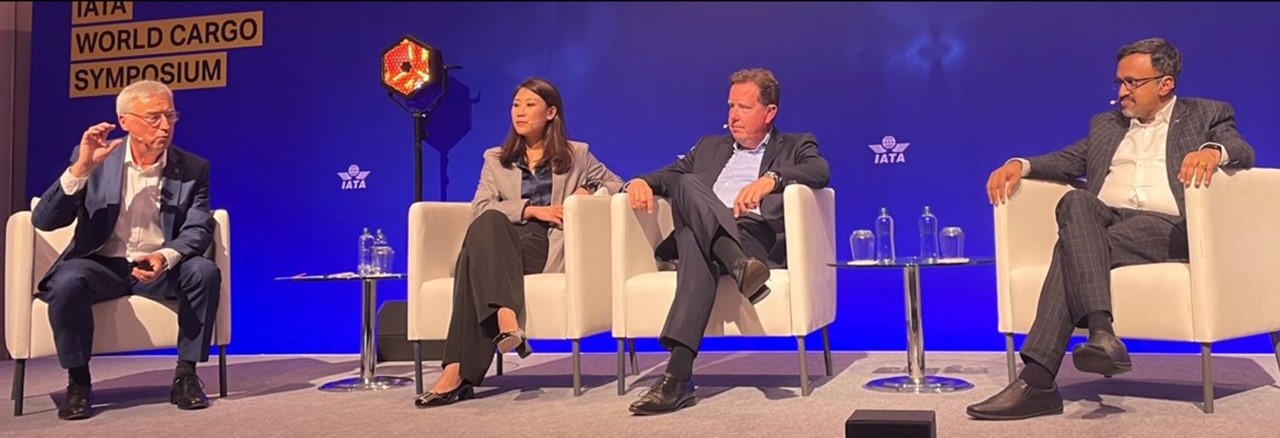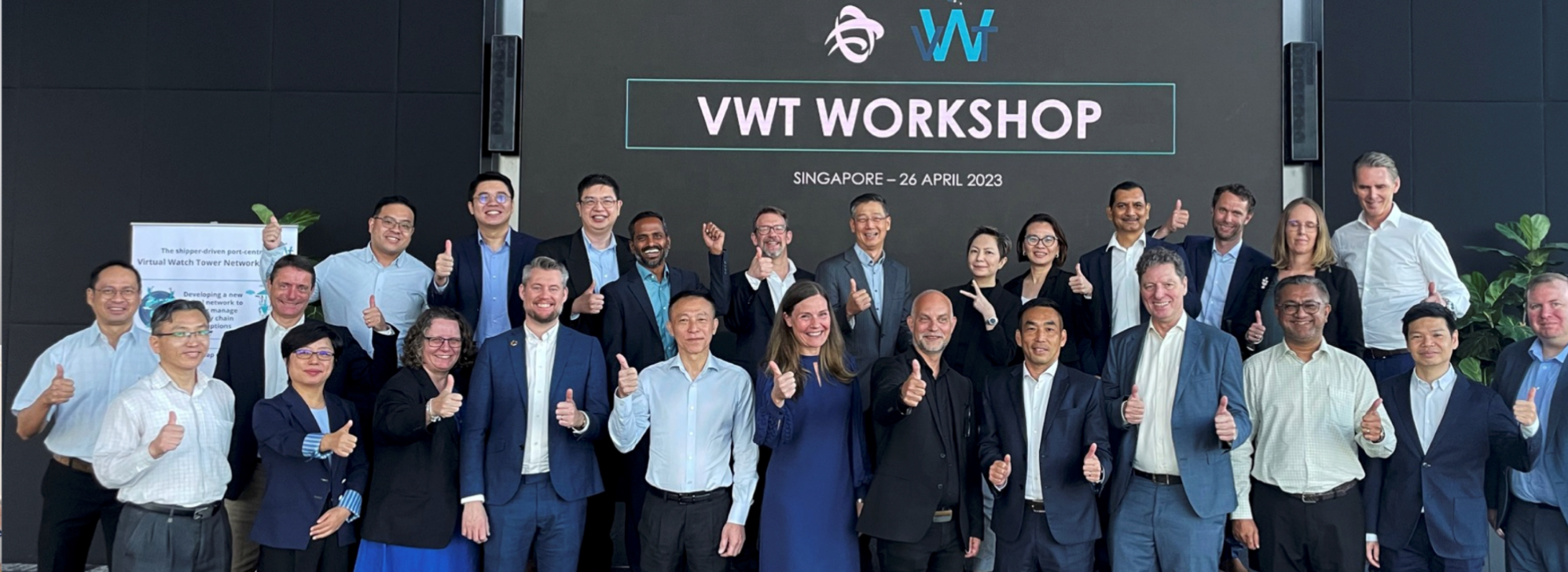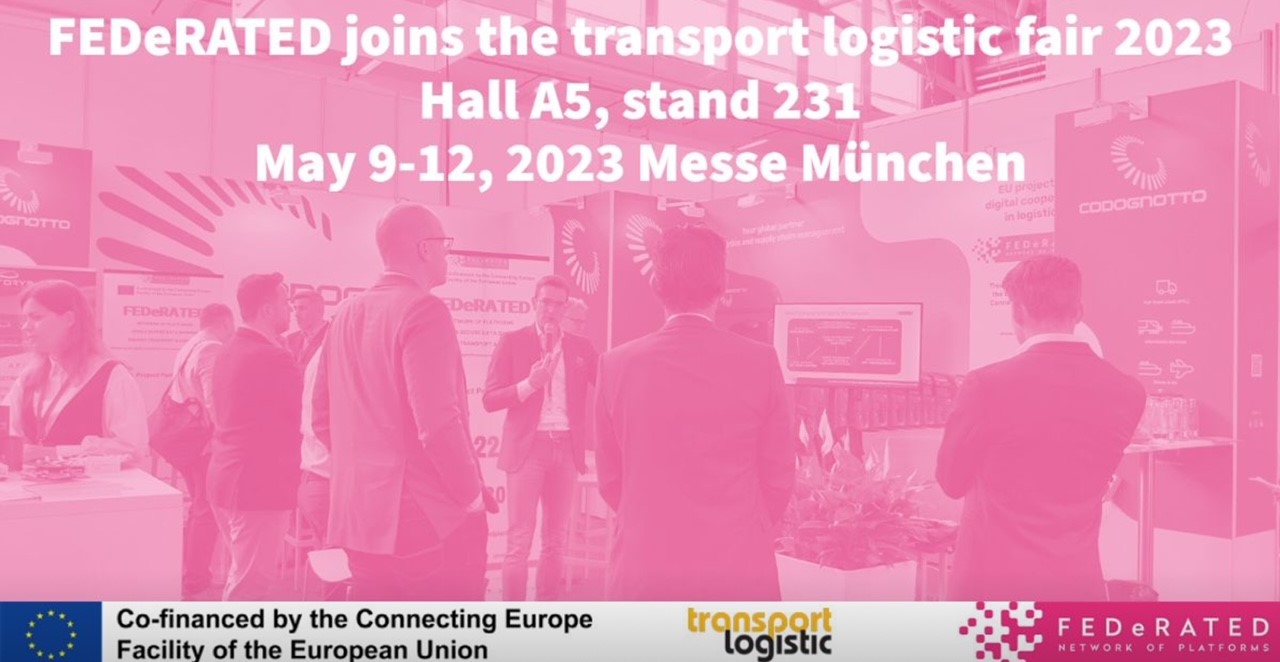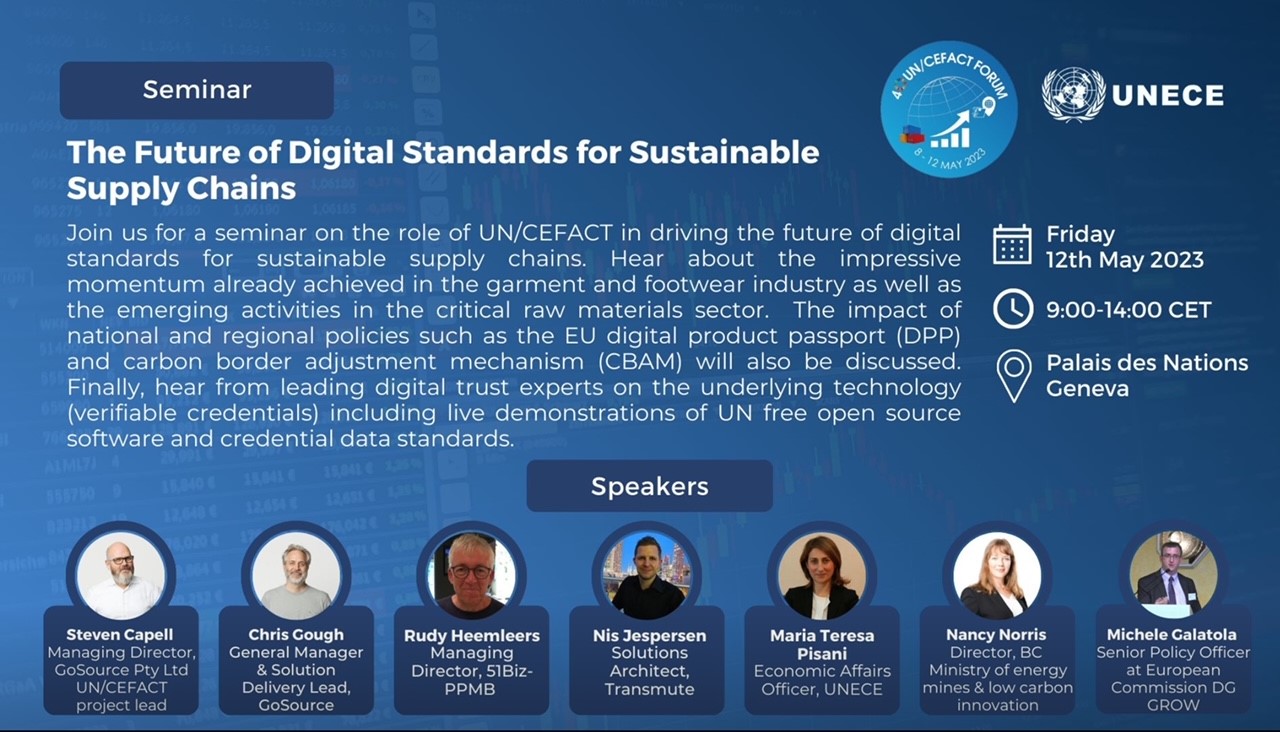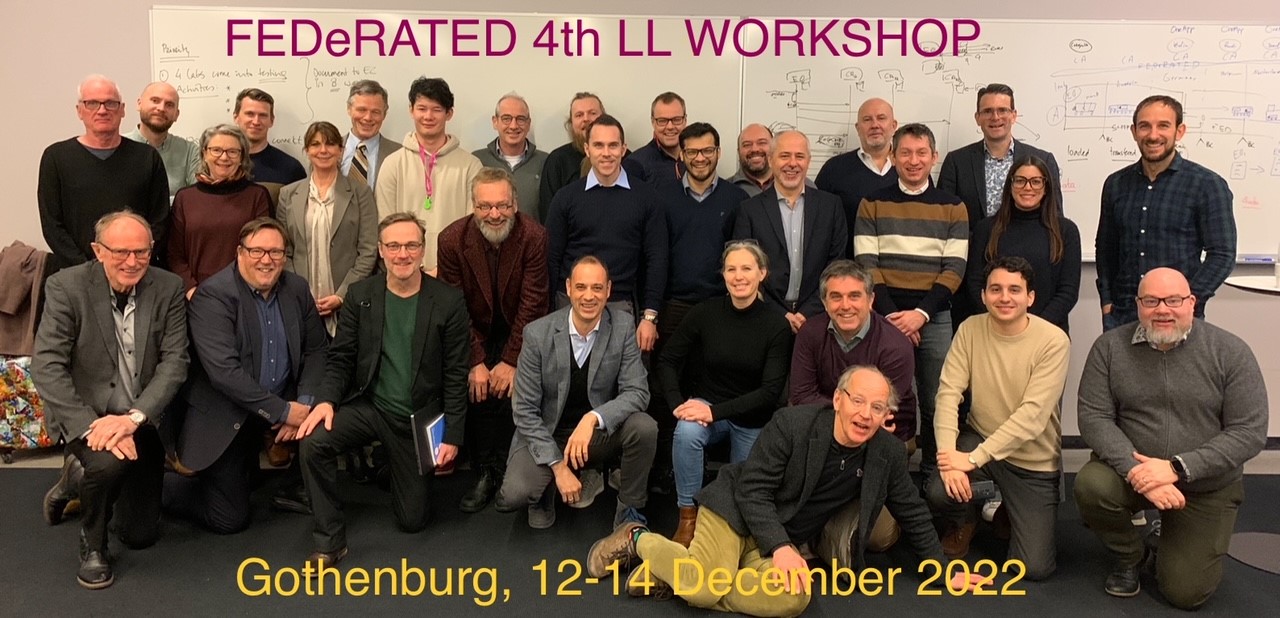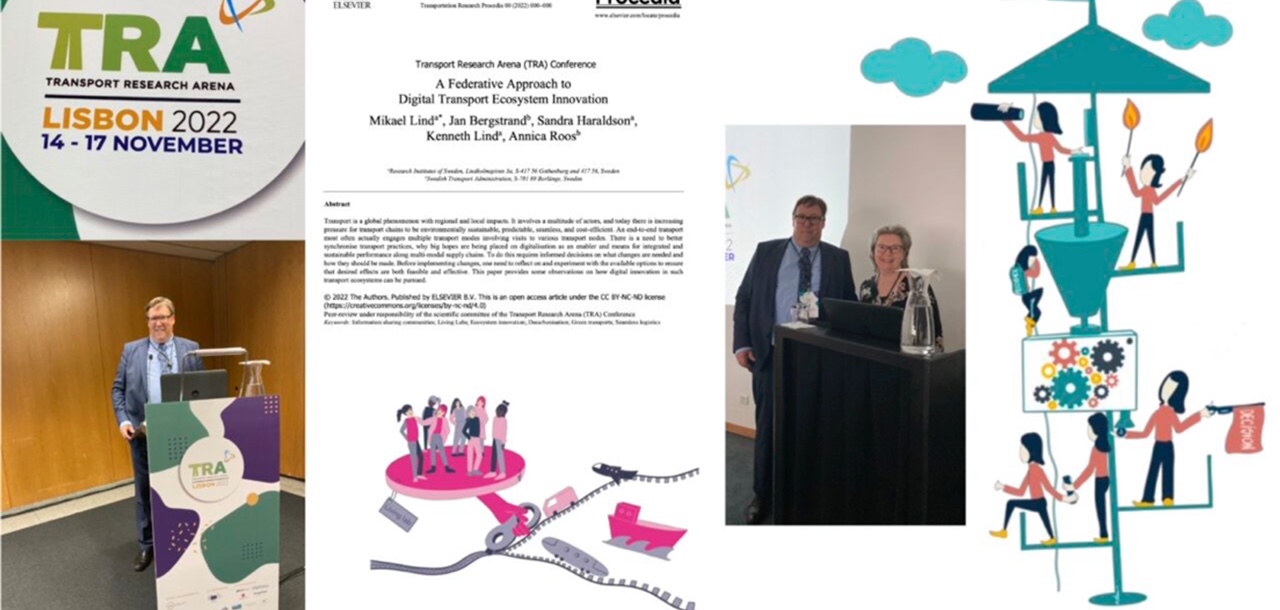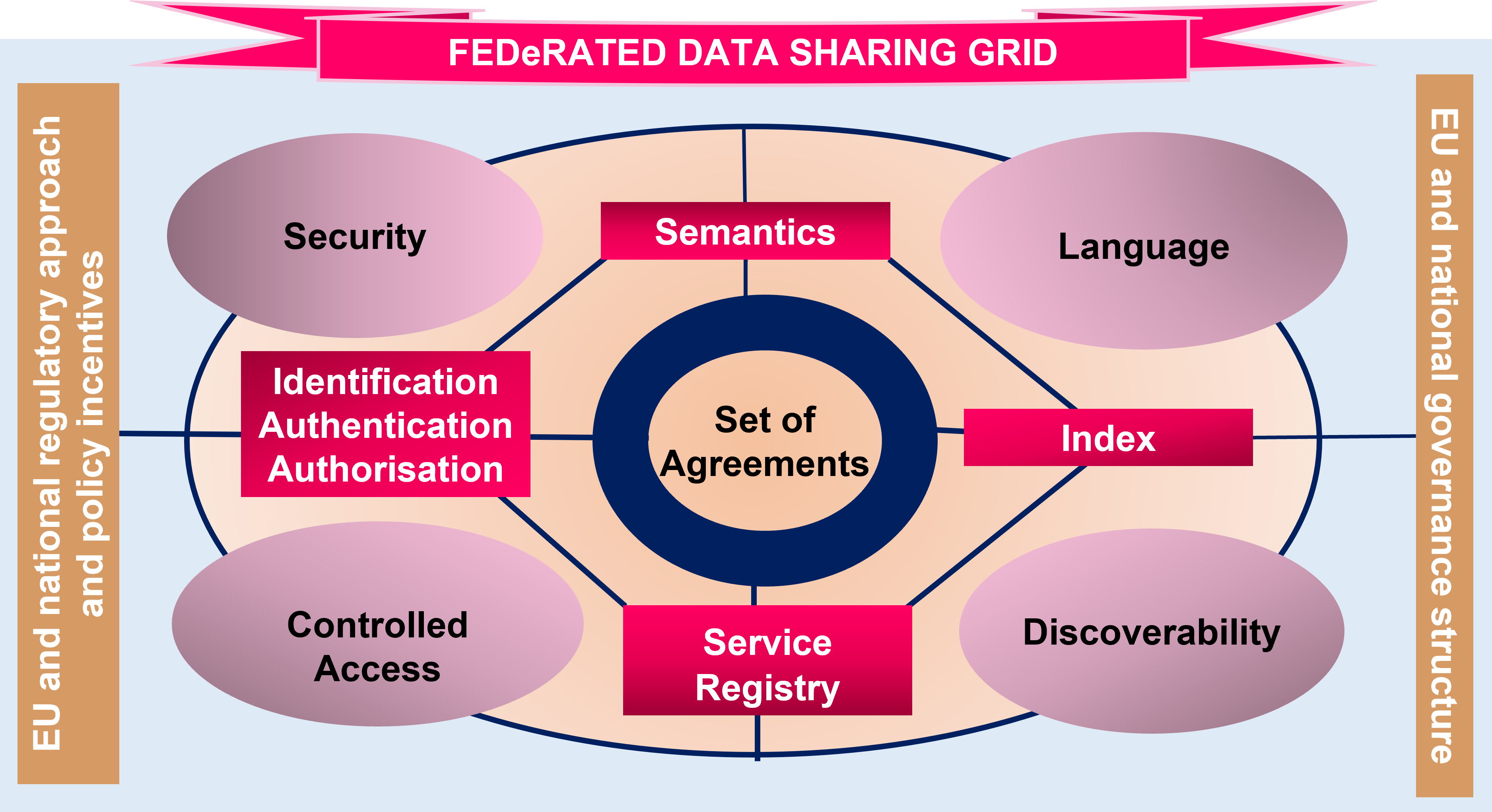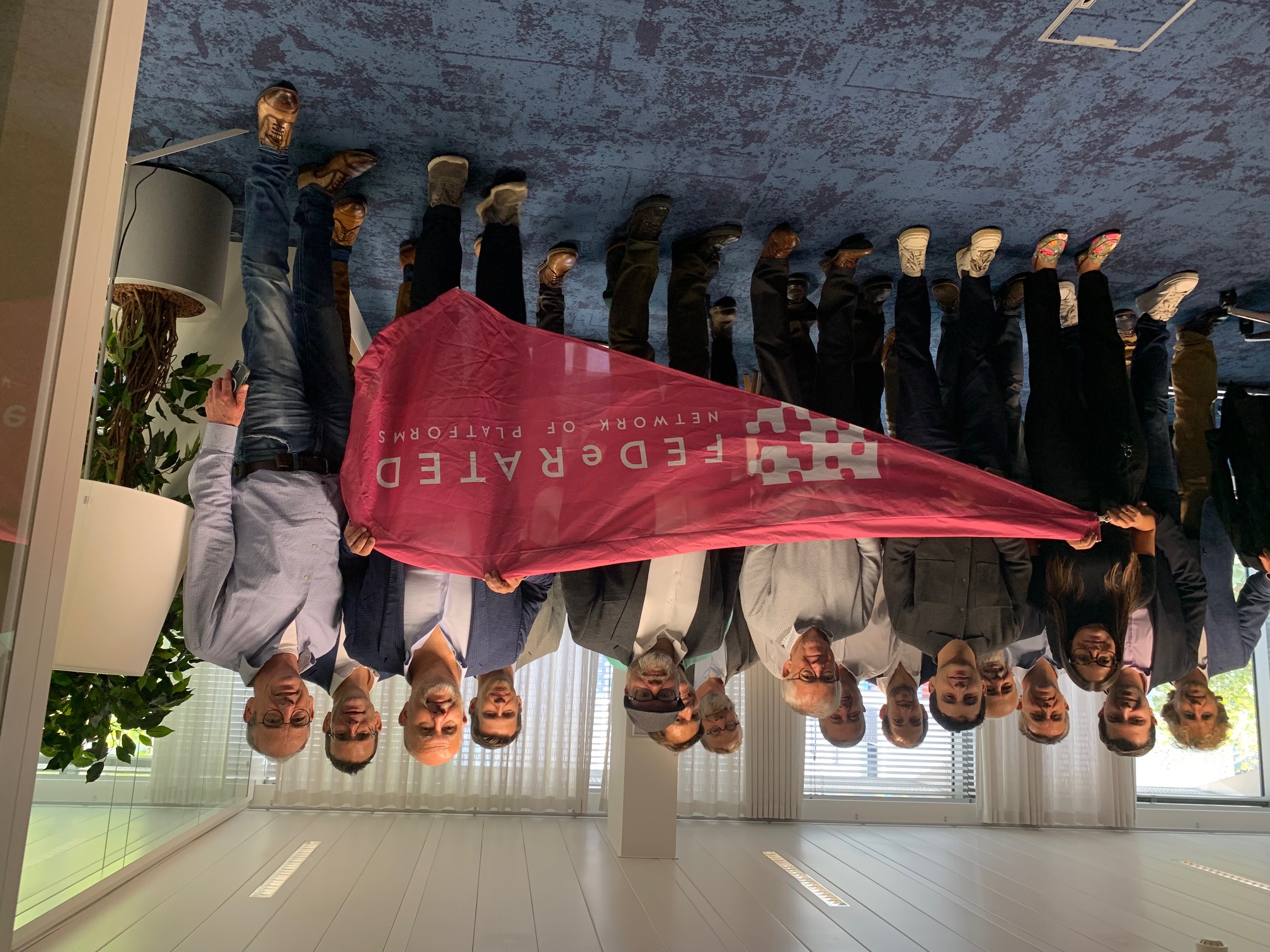Zailog Srl cordially hosted the 5th FEDeRATED LivingLab workshop in Verona. 42 persons, representing all 23 FEDeRATED LivingLabs and the IT Architecture Board, participated. As FEDeRATED is moving into its final project stages various topics were adressed:
- FEDeRATED essentials - here
- the way all LivingLabs have organised their stakeholder engagement
- the scope and technical setting of the LivingLabs, including the need for testing actual data exchange processes (various presentations were given, e.g. the Zailog example here)
- the criteria to validate the LivingLabs against the FEDeRATED Reference Architecture and vice versa. here
- common LivingLabs - several common LivingLabs have been established
- the need for a migration strategy and a How to Guide
- the development of a FEDeRATED node prototype
- the need for a digital mindset/ digital readiness (a Finnish and Dutch approach were presented)
- the programme for the FEDeRATED final event on 30 November 2023 in Brussels (many highranking officials will be invited to participate and contribute)
- the future of a federated network of platforms approach (i.e., EU DTLF approach and the EU Mobility Data Space policy developments)
- developing the FEDeRATED project results as a brand or rather as a new project.
All participants agreed on the need to continue developing the EU DTLF federated network of platforms approach, especially focusing on the need to put an harmonizing semantic interoperability approach in polac. FEDeRATED has established the foundations to enablke stakeholders to getting this done. Howevber, this will be an intensive and possibly revolutionary change management task. The rewards are high, namely:
- to comply with the need for supply chain visibility,
- to fulfill the upcoming green transport legislation requiring for full transparancy
- to fully profit for available real time data.
In short: FEDeRATED project has set the foundations inviting stakeholders to engage in a change management approach to "Make Europe Great Again"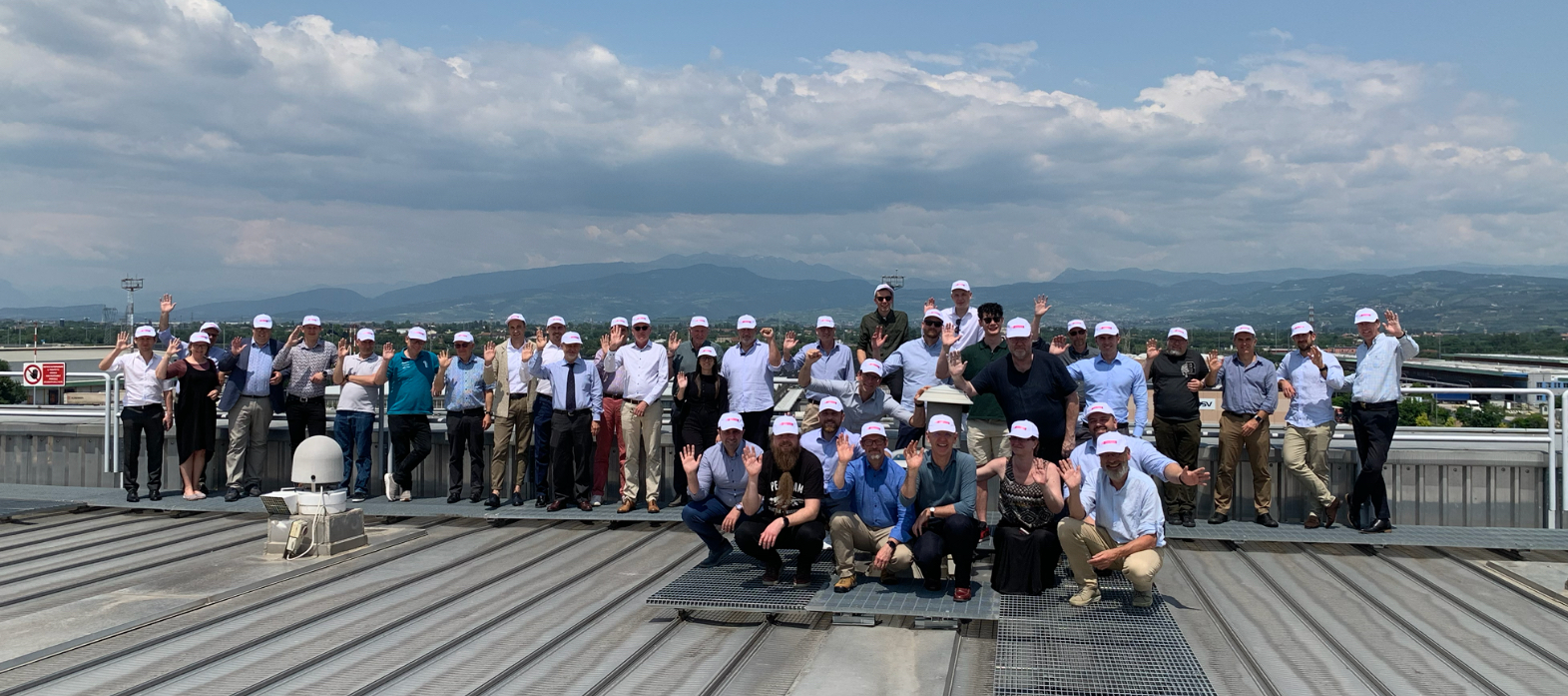
During the workshop, it was identified that data sharing within the context of a very limited number of data holders and data users is feasible for most LivingLabs and should be considered as a first step. The next step is opening up these data sharing practices to multiple stakeholders. This requires the development of a trusted and open environment where the participants act a node (decentralized data resource and user). Different towards a How to Get There were identified. A major question emerging: Who is going to arrange for this open and trusted environment, or rather data sharing grid for logistics?
Within a data sharing grid, participants need capabilities to act as a node. FEDeRATED has identified these capabilities. Most likely, it is public authorities that have to promote the generic technical specifications combined with a set of arrangements and a governance structure, also to deal with change management issues. Not an easy, but essential job. The raod ahead calls for collaborative innovation through stakeholder engagement, a digital mindset, practical business cases and a long term public authority commitment, most likely to be accompanied by a legal framework.
The workshop programme ended with a visit to the Zailiog terminal more about the terminal here :
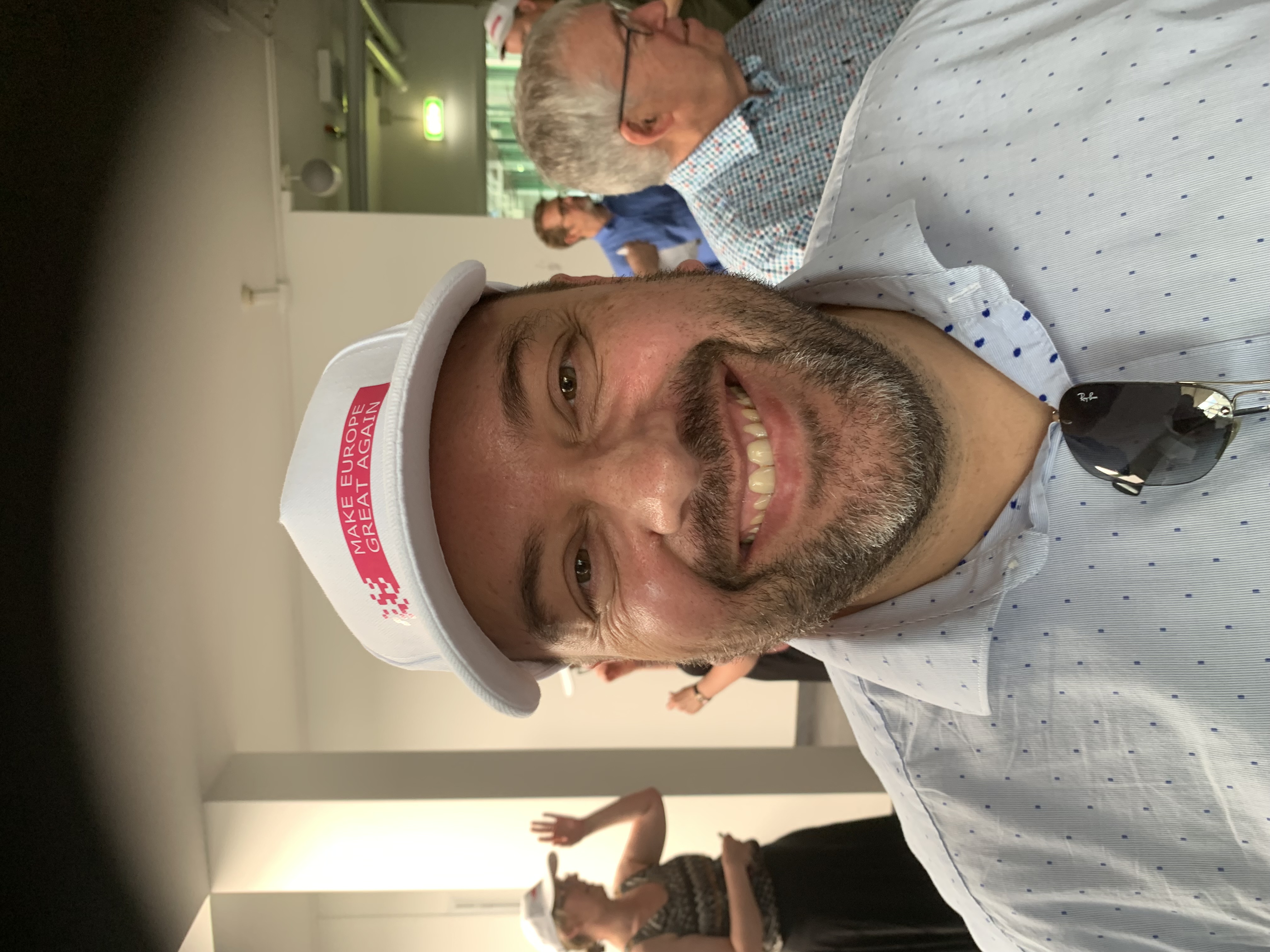
- Hits: 1425
